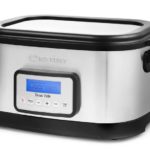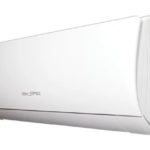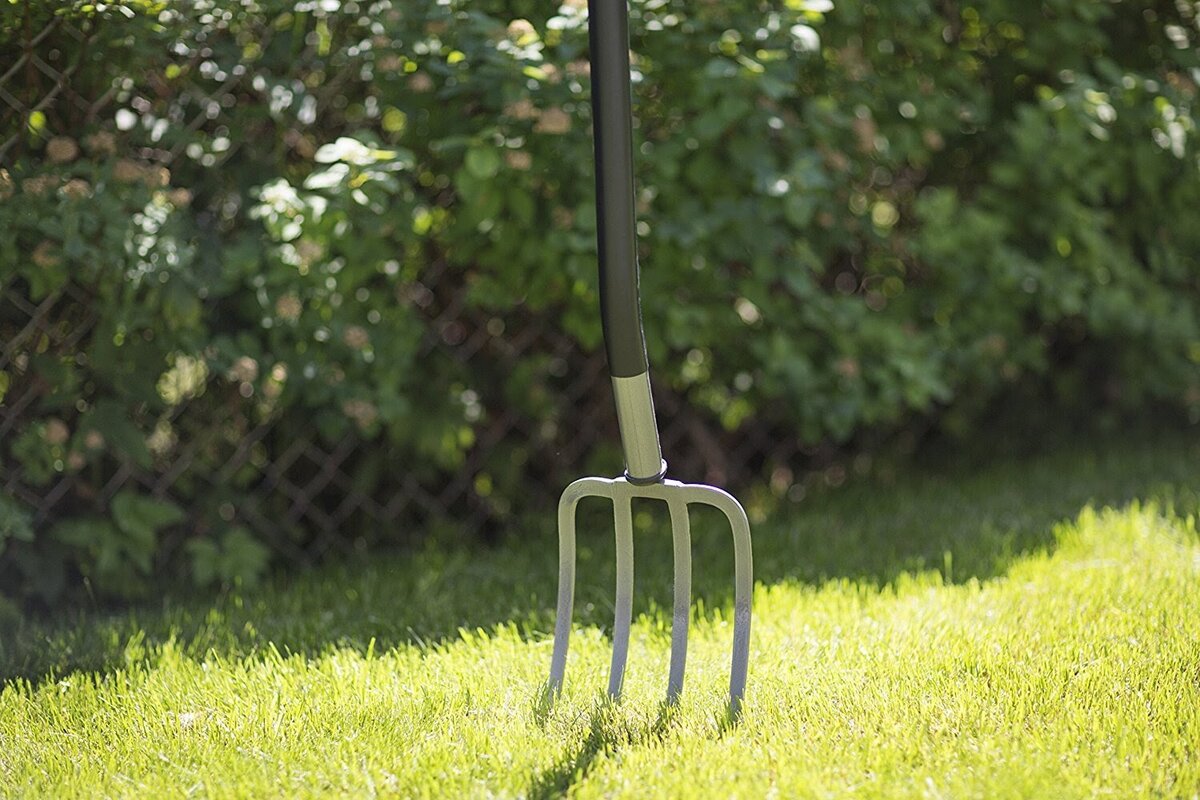How to use a garden root remover
Even those for whom gardening is a favorite form of leisure will agree that it not only takes up quite a lot of time, but also requires a lot of physical effort. It becomes a shame if, after a long weeding, within a week the roots, not removed from the ground, sprout again.
To prevent this from happening, you need to use a useful device - a root remover. Knowing how to use it correctly, you can significantly make your work easier and get rid of weeds for a long time.
There are different models, but the manual one is more popular. The reason for its popularity is its ease of use and low cost.
The content of the article
Where to work with a root remover, what it does well
This useful device works best in places where the soil is loose. If it is too dry, it will be difficult to insert it at the correct angle. And when digging up a plant, part of the root may remain in the ground. This will reduce the effectiveness - grass seedlings after such treatment will appear very soon.
If you need to get rid of weeds on trampled soil, it is better to moisten it sufficiently.
Root removers are good at working on sandy soils and areas with black soil. They are more difficult to handle with clay - only high-quality specimens made of fairly thick steel will be effective.
Different models are good at removing plants whose roots are straight and go far into the depths or have branches at the surface.Weeds, which are characterized by a developed root system, usually grow in nests. These include dandelions and thistle. They need to be removed gradually, feeling for the center of this nest. It is better not to remove the above-ground part first, otherwise digging out the roots will be more difficult.
Root removers are not very effective if you need to get rid of unnecessary growth of shrubs such as sea buckthorn and rose hips. Their roots are located in the ground at an angle - the tool does not remove them, but cuts them off, so they soon grow again.
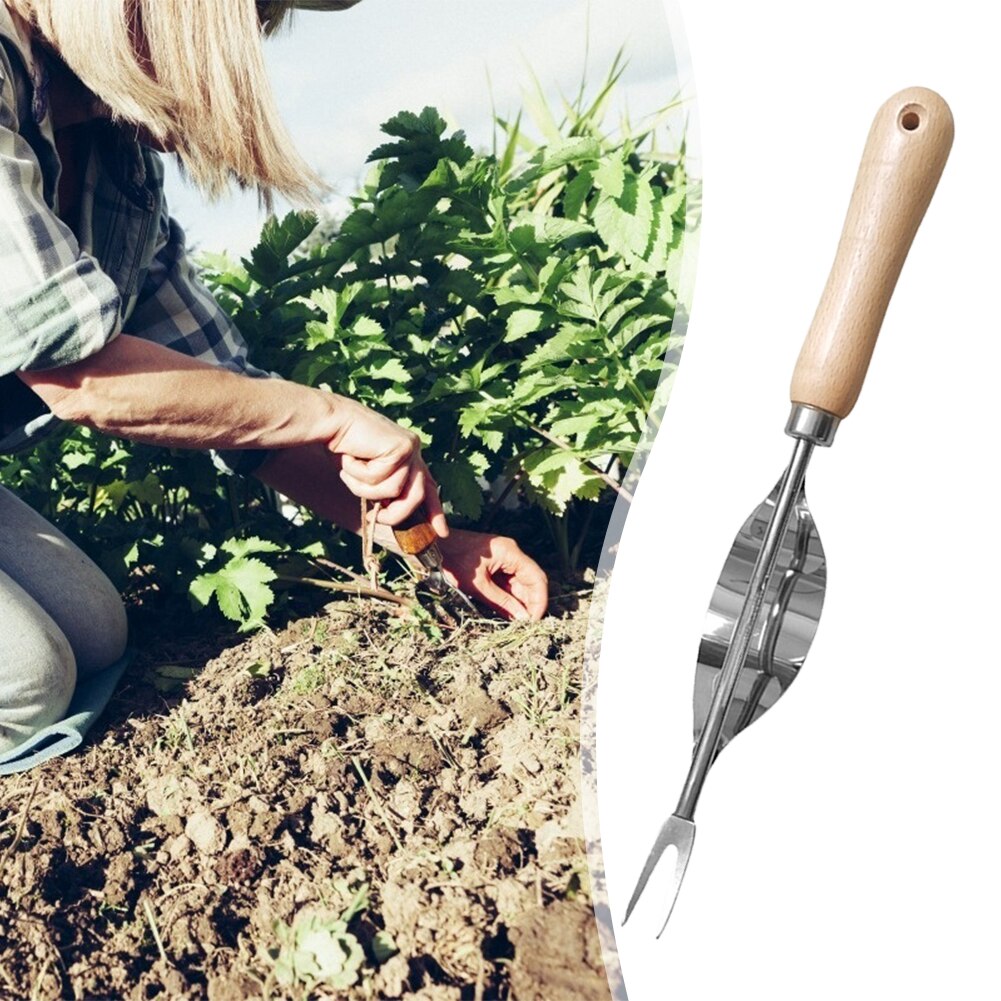
How to use
Some people think that the tool is inconvenient to work with, and its effectiveness is low. However, when used correctly, it turns out that it is easy to operate, and the result is better than after regular weeding. Having understood the nuances of the work, even a teenager can use the device. During operation, you need to take into account the type of tool.
Of the hand-made specimens, three types are more common:
- Spatula. From the name it is clear that the device has the shape of a shovel; the working part of the root remover is narrower and elongated. The ending can be made in three versions - forked, bluntly cut or pointed. Such a tool simply needs to be pressed into the ground directly next to the weed, but this should be done as close to the root as possible. Then you need to press the handle - the action is similar to pulling out a nail with a nail puller. After this, the weed will be removed along with the roots.
- Fork. This device has a fork attached to the handle. It has two long teeth arranged in the form of an English letter V. This shape allows you to securely capture the roots. The teeth must also be driven under the grass and removed by picking it up.The fork is convenient to use in garden beds - it does not touch the roots of cultivated plants, and unnecessary holes are not formed after processing. Care should be taken to ensure that the teeth are not overly sharp. Otherwise, they may cut off part of the root. The fork is effective for removing weeds that have long rhizomes without many branches.
- Corkscrew. Has a spring-like appearance. It needs to be screwed under the weed, as it were, and then removed. The roots will wrap around the working part (corkscrew) and can be easily removed. This variety is convenient for pulling out grass that has branched roots. The corkscrew is also suitable for extracting single tree roots.
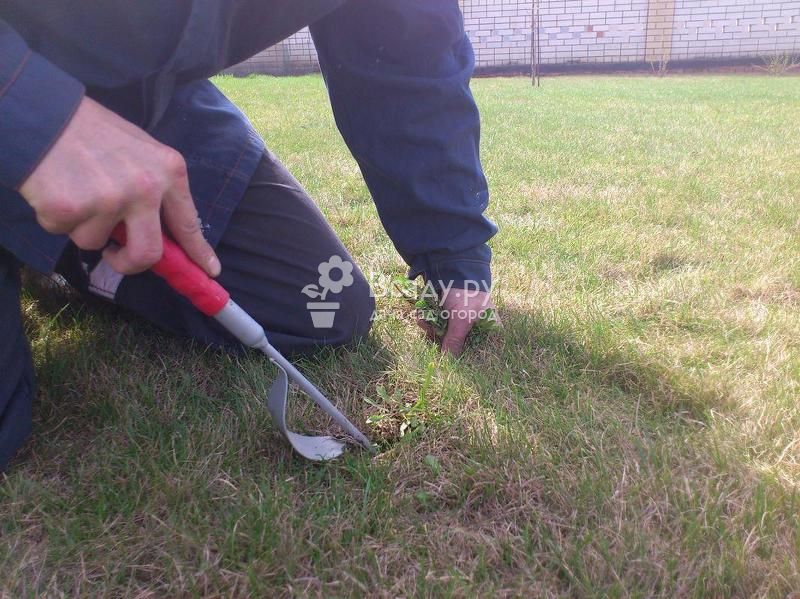
Finally
The dug up grass must be destroyed immediately. Experienced gardeners advise not to put it in compost - the preserved seeds will be carried away by the wind and next year there will be even more weeds on the site.
A manual root remover can be called a reliable assistant for both beginners and experienced gardeners. However, even models that can be called universal will not be able to fully replace other tools, such as shovels, forks, and hoes. For example, the last one is most suitable for loosening. But in the complete extermination of weeds, the root remover has no equal. The entire plant is removed, so after effective treatment of the area, you can forget about weeding for a long time.


